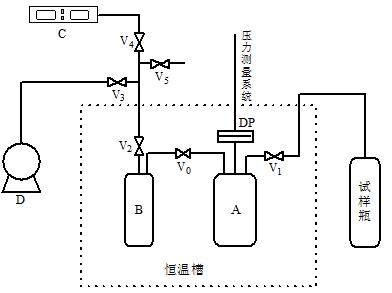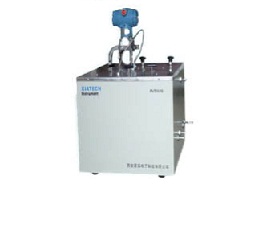DM1000 series are designed for the accurate PVT measurement of fluids in a wide range of temperature and pressure.
Based on the popular used Burnett method for PVT data measurement, users can get accurate PVT data and virial coefficients with DM 1000. Besides, DM 1000 series is highly automated, including the automatic temperature control system, the automatic temperature measurement system and the automatic pressure measurement system, combined with the XIATECH automatic data acquisition and analysis software.
PVT Measurement method
There are several measurement methods for PVT data, such as constant volume, modulation, Burnett and Burnett-volumetric.
In the former two kinds of methods, due to the direct mass or volume measurement, it is difficult to get PVT data with high accuracy and rarely used in laboratory measurement. Burnett method (isothermal expansion method) and Burnett-volumetric method are currently the most widely used methods. Besides high-precision PVT data, Burnett can also get virial coefficients.
Burnett method is proposed by Burnett SE in 1936, following by a lot of improvements on the experiment system and data analysis. At present, it ranks as one of the most precise methods for taking PVT data that produce accurate compressibility factors without the need of direct mass or volume measurement.
The Burnett method consists of making a series of isothermal expansions of the experimental fluid from a primary volume into a previously evacuated secondary volume with the pressure being measured after each expansion. A series of such measurements makes up a run and an analysis of the pressure sequence for each isotherm yields the densities, compressibility factors and virial coefficients.
Principle of Burnett
The Burnett apparatus is schematically shown in Figure1. It consists of a cell system, a temperature control and measuring system, a pressure measuring system, and a vacuum discharge system. The cell system consists of two cells that are connected with expansion valve (V1), called sample cell (A) and expansion cell (B). Both cells are thick-walled spherical vessels. All the cells, valves and differential pressure detector (DP) are immersed in a uniform temperature environment. The gas compression factor can be obtained through continuous expansion from cell A to cell B.

Figure 1 Schematic diagram of Burnett apparatus


